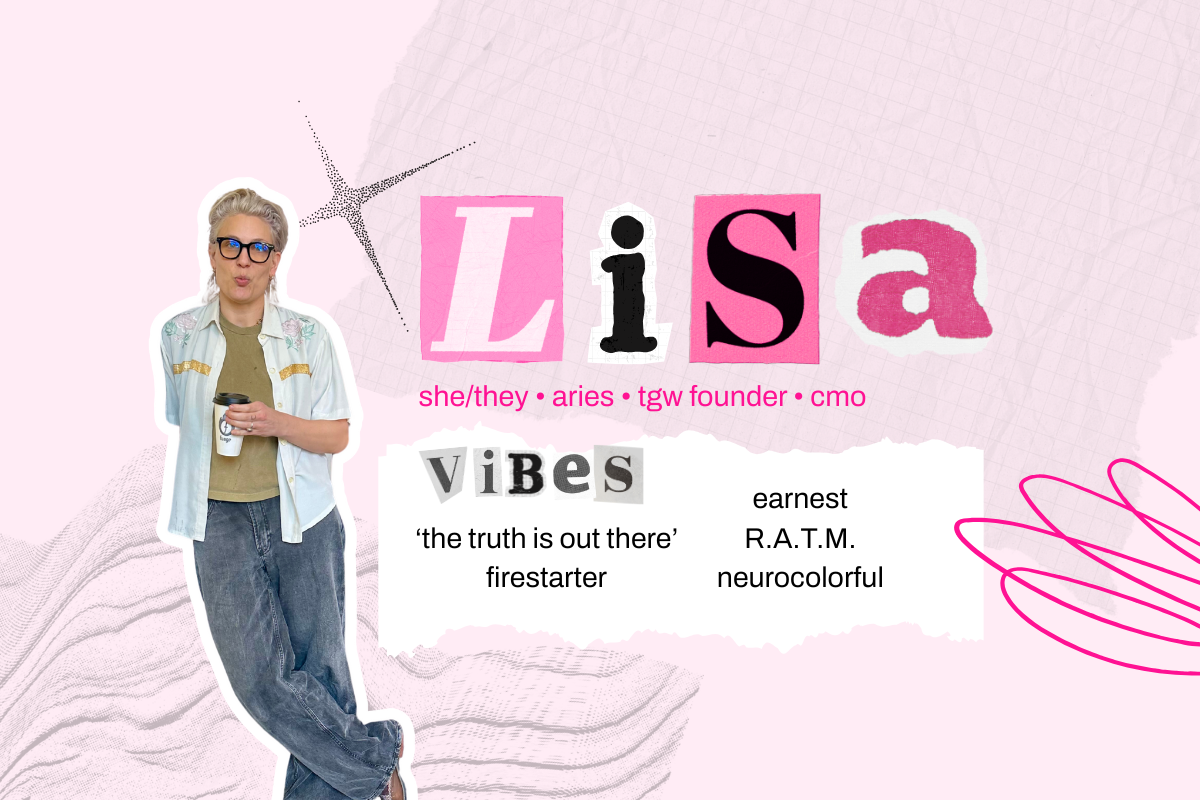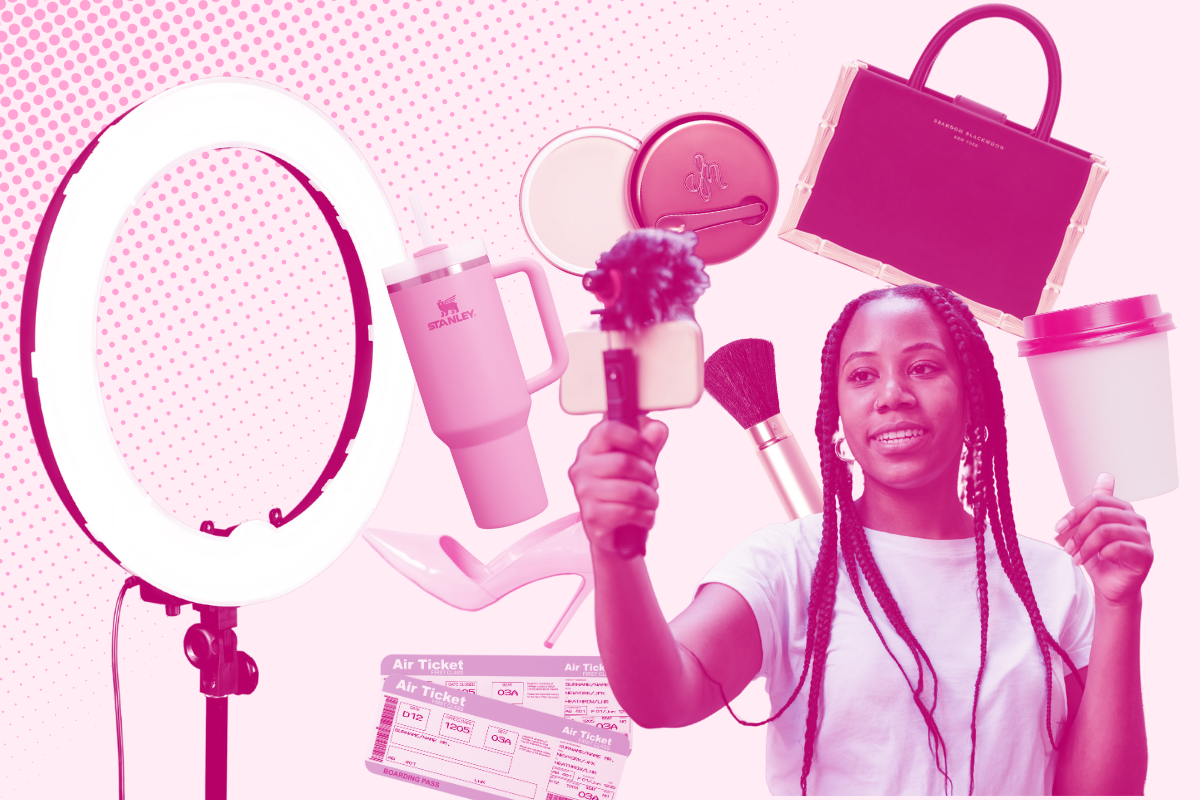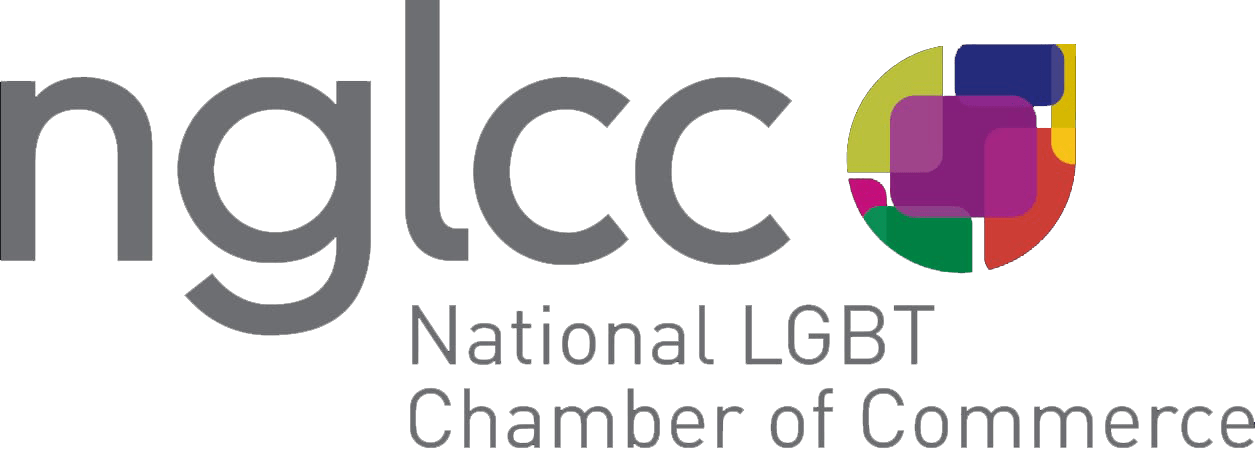So, the House passed a Bill that could ban TikTok.
On Wednesday, March 13th, the House of Representatives passed new legislation that gives TikTok two choices: find a buyer or face a nationwide ban in the U.S.
It’s unclear what exactly will come out of this bill, as previous legislation has tip-toed around the massive media conglomerate and has been unsuccessful in wrangling its power. Even with this uncertainty, we can begin to dissect what the future of media could look like in the United States without TikTok.
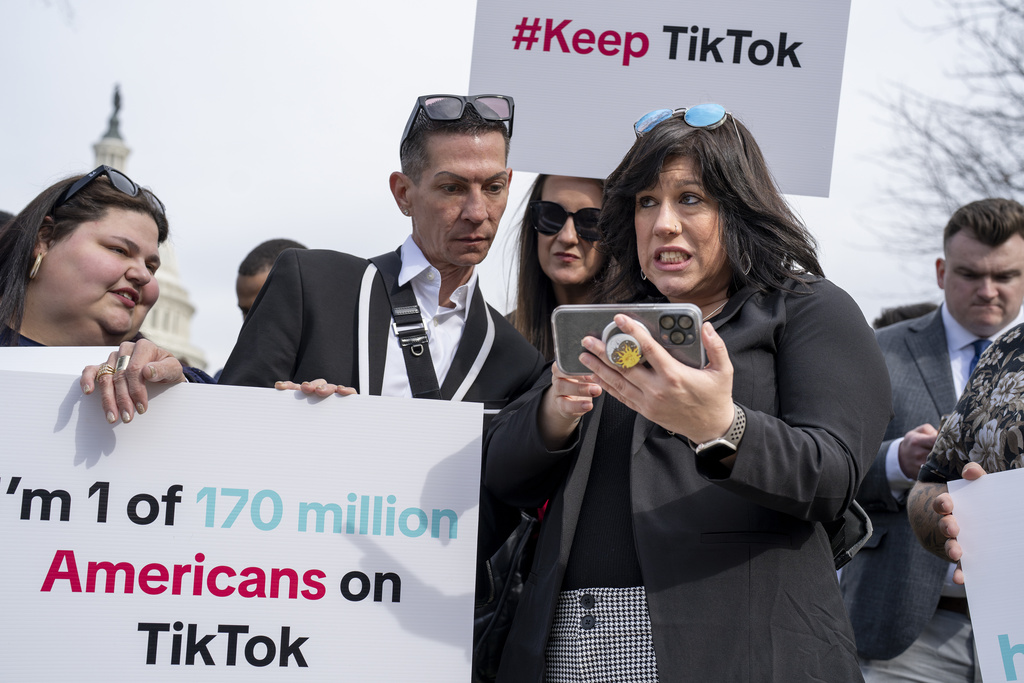
Creators will be negatively affected.
The ever-controversial profession of “influencing” sees new highs and lows across all social media platforms. Still, the potential ban of TikTok has these creators coming forward with valid judgments, stating the app is a financial and social safety net.
While we typically see huge creators partnering with brands to create sponsored content, promoting the newest gadget on TikTok Shop, or earning thousands of dollars through the TikTok Creator and Beta Funds– this isn’t the reality for most creators. For some, TikTok has become a haven for creating community and an opportunity to earn a living. For those who struggle financially or have disabilities that prevent them from working “regular” jobs, TikTok has been life-changing.
Some creators describe it as a digital equalizer of sorts, providing a platform for people of color and other marginalized groups to get opportunities and exposure.
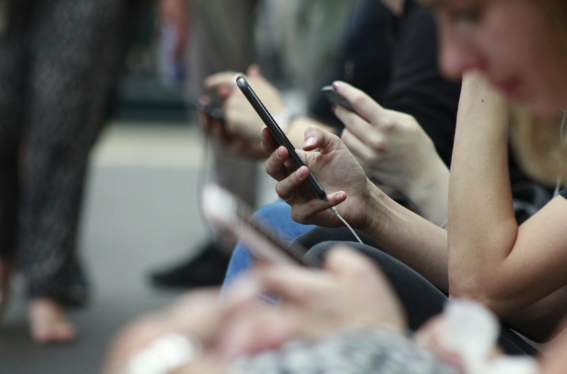 The app provides many creators financial security; TikTok estimates that over 5 million businesses use influencer marketing to reach customers. Some content creators establish strong fanbases and communities and, in turn, can advertise products and brands through sponsored content and collaborations. The rise of influencer marketing is not simply from using TikTok, but the relationship created between the viewer and creator. According to influencer marketing software, Traackr, “70% of consumers are more likely to buy a product from a brand if they collaborate with an influencer they know and trust,” and “54% of marketers strongly agree that influencer marketing has successfully increased brand awareness.” Trust in influencer marketing works well for the creator and the brand. However, many creators will lose potential advertising opportunities, as well as income from TikTok views, as a result of the ban.
The app provides many creators financial security; TikTok estimates that over 5 million businesses use influencer marketing to reach customers. Some content creators establish strong fanbases and communities and, in turn, can advertise products and brands through sponsored content and collaborations. The rise of influencer marketing is not simply from using TikTok, but the relationship created between the viewer and creator. According to influencer marketing software, Traackr, “70% of consumers are more likely to buy a product from a brand if they collaborate with an influencer they know and trust,” and “54% of marketers strongly agree that influencer marketing has successfully increased brand awareness.” Trust in influencer marketing works well for the creator and the brand. However, many creators will lose potential advertising opportunities, as well as income from TikTok views, as a result of the ban.
The marketing environment would change.
Due to the TikTok ban, many marketing teams would need to make intense strategy shifts. Without the robust TikTok algorithm driving business and sales for small businesses nationwide, other competitor platforms, including Meta, YouTube, and Snapchat, will have to figure out how to attract and attain over 170 million American users.
Because of this, billions of ad dollars would need to be reallocated into an already hot and saturated market. Last year, TikTok generated around
$18 billion in ad revenue– where’s that going to go?
Will Other Socials Feel the Shift?
Those billions of dollars won’t easily flow into other platforms. However, the ban could drive current platforms to change how users experience content to mimic the endless-scrollable video style. Directly comparing TikTok to businesses like YouTube and Snapchat is different due to TikTok’s unique combination of features, platforms, and media owners. The TikTok algorithm is special and hard to crack; it keeps us hooked with endless content, scrolling, and “micro-trend” shopping options.
One place that money won’t go (probably) is to TikTok in other markets. That’s not really how marketers allocate their ad dollars. They do so at a country level, not a global one.
Advertising on platforms like YouTube, Snapchat, and Meta may cause massive apprehension among influencers, content creators, and brands.
What’s Next?
Although the ban may prompt a difficult shift for advertisers, it’s not all bad, right? As of right now, TikTok isn’t going anywhere. Since the House of Representatives passed the Bill, it’s now on its way to the Senate. Then, it will have to be signed in effect by the President. Even then, it still may not be banned. If this Bill is passed in the Senate, the New York Times states, “ByteDance will have 6 months to find someone to buy the app.” For now, we can still enjoy the app, and it will be a while before we see the effects of the ban, but it’s still unnerving to know that the United States government can revoke our access to the app and set a precedent for media censorship.
What do you think the future of advertising on social media will look like?

